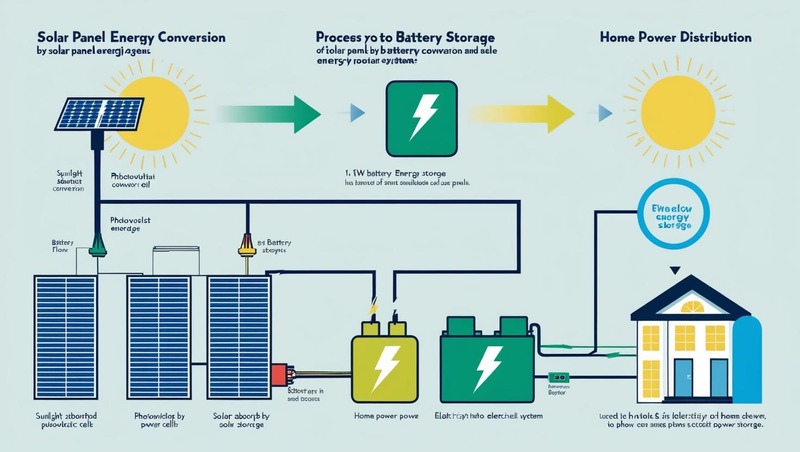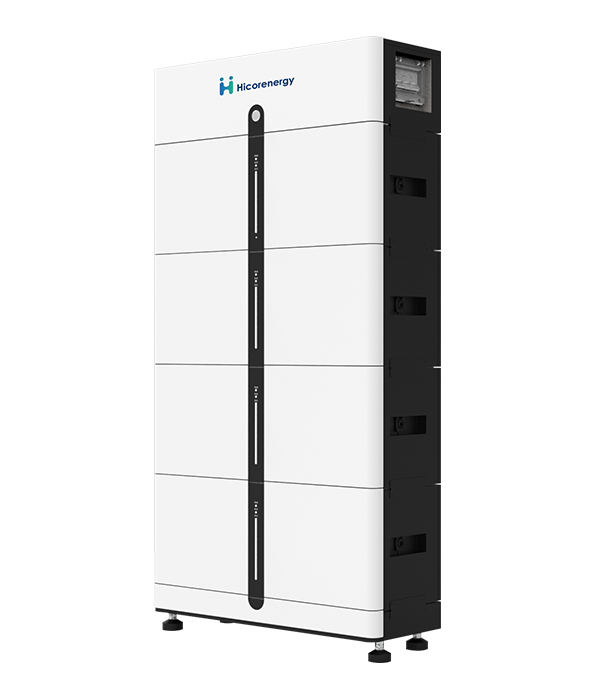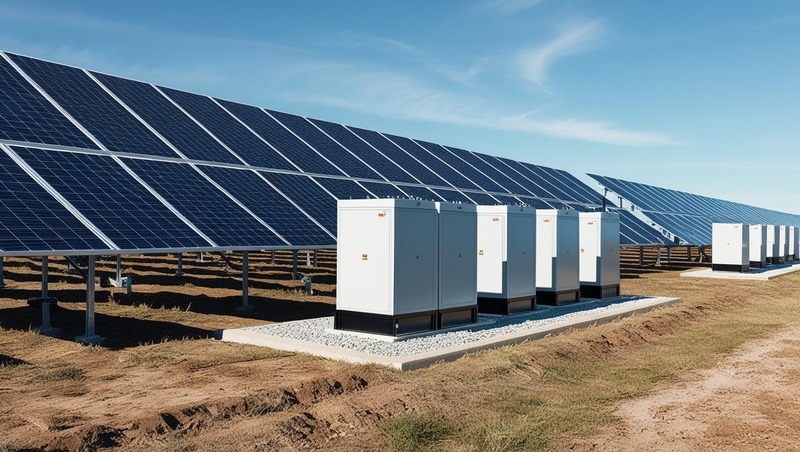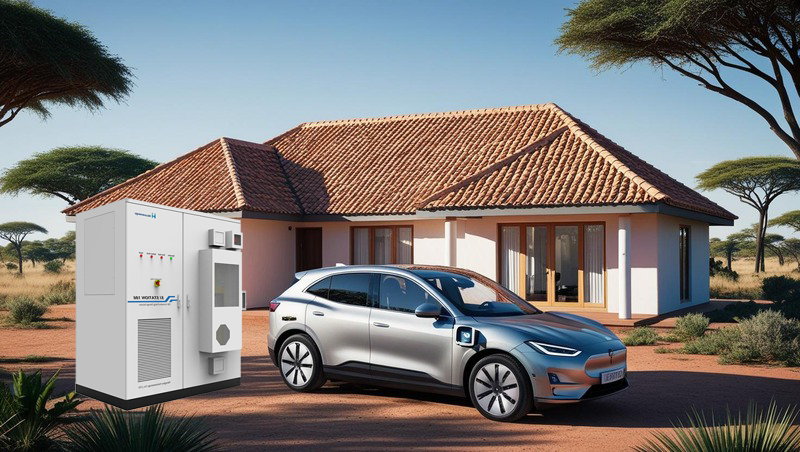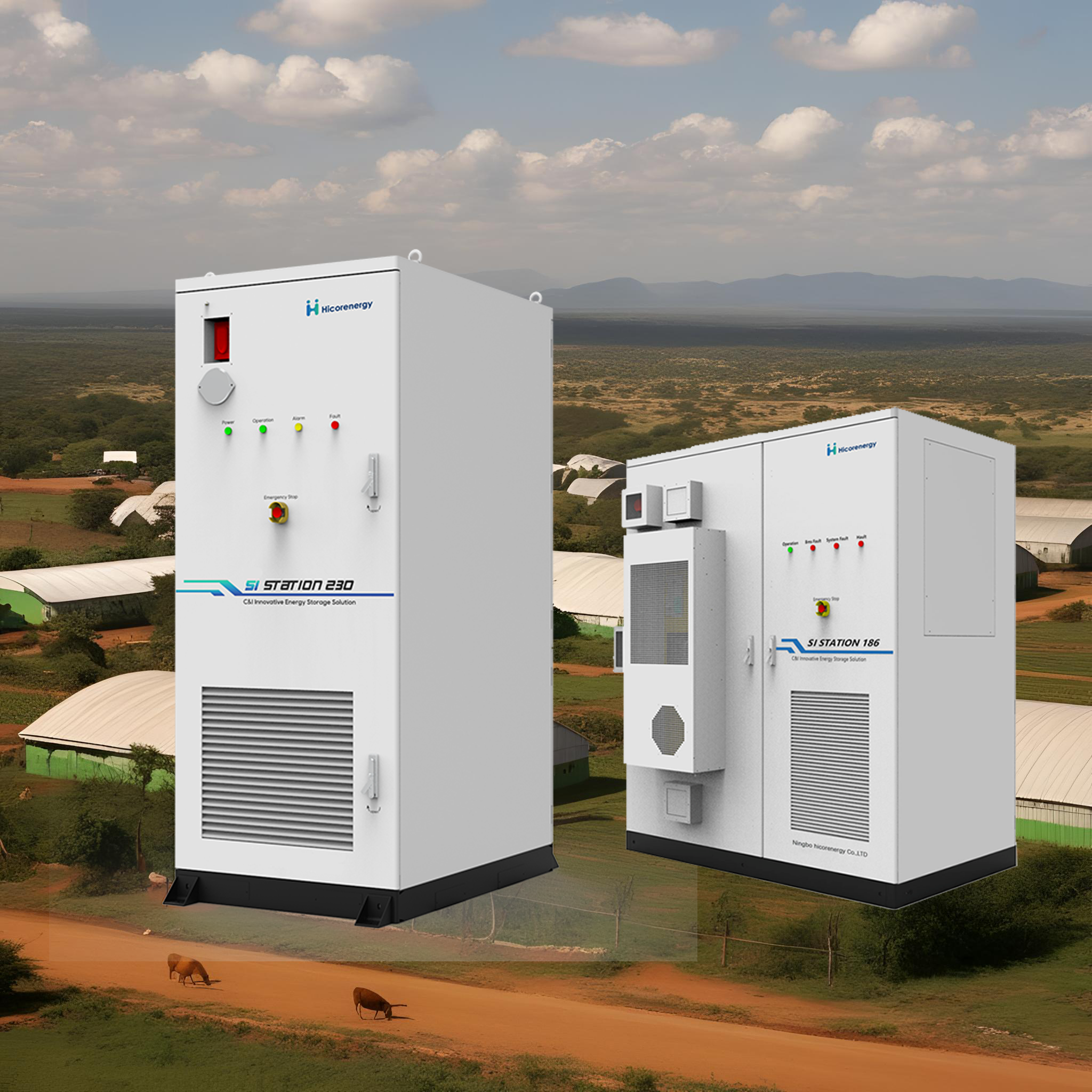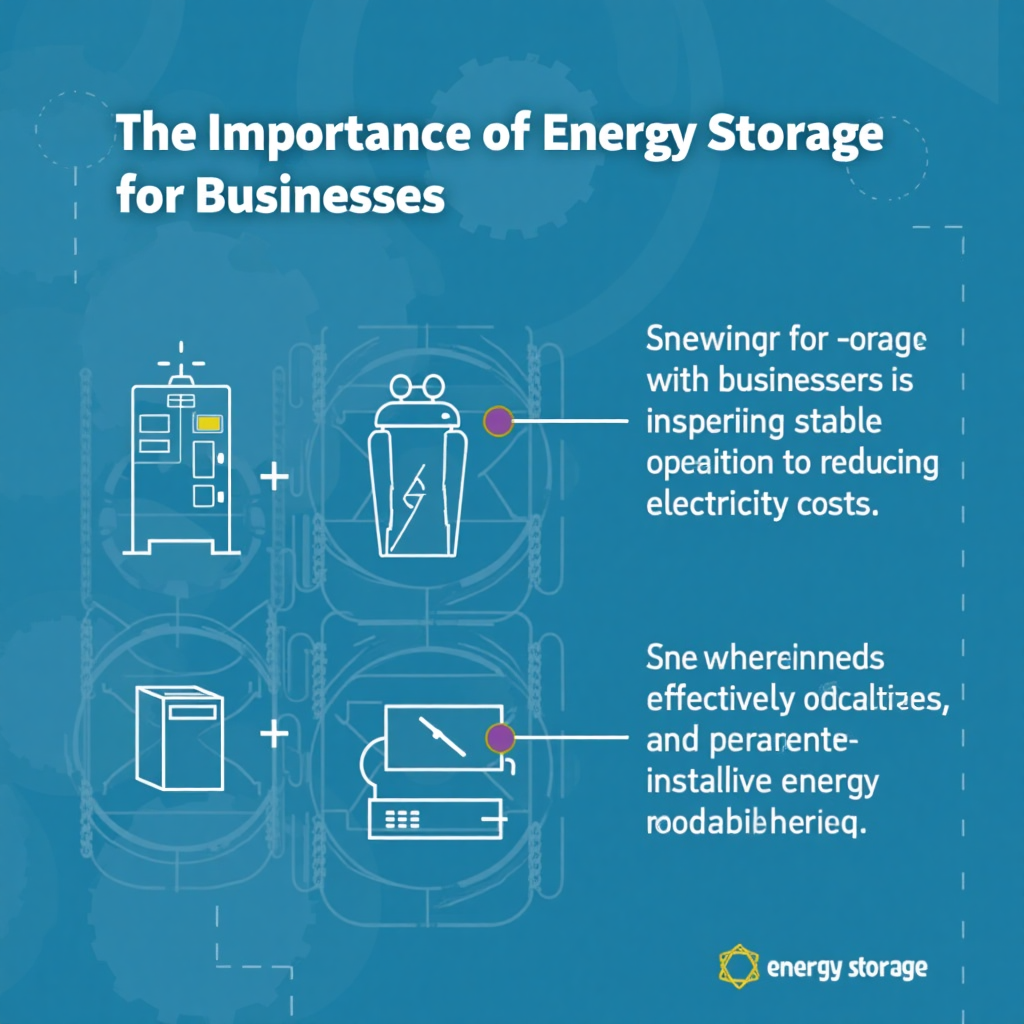For commercial and industrial businesses operating in remote or grid-challenged areas, energy reliability is critical. In 2025, the need for dependable off-grid power storage is more pressing than ever. This article explores how large-capacity backup batteries like Hicorenergy’s Si Station 230 and Si Station 186 offer resilient, scalable, and smart solutions to keep businesses powered anywhere, anytime.
The best off-grid power storage system for businesses in 2025 combines high-capacity lithium batteries, modular scalability, and remote monitoring for uninterrupted commercial operations.
In remote mining operations, off-grid construction sites, and agricultural businesses, battery pack systems enable reliable clean energy use without reliance on unstable grids or costly diesel generators. Off-grid battery storage empowers these businesses to reduce downtime, cut fuel dependency, and manage power usage smartly through advanced energy management systems.
Stay with us as we reveal how these systems can cut costs, improve sustainability, and increase energy independence for your business.
Why Businesses Are Turning to Off-Grid Power Storage in 2025
As energy demands rise and grids become more congested and less reliable, off-grid power solutions have become a strategic asset. Companies in remote or unstable-grid regions are choosing off-grid systems for improved uptime, better power control, and long-term cost savings. Renewable energy integration and ESG commitments also drive adoption.
The energy landscape is shifting. Extreme weather events, aging grid infrastructure, and fluctuating fuel costs have made many businesses rethink their energy strategies. In 2025, forward-thinking industrial and commercial users are adopting off-grid storage systems to ensure operational continuity. With battery backup technology advancing rapidly, systems like Hicorenergy’s Si Station 230 are not only viable but necessary. They offer clean energy access when and where it matters most, especially in large-scale off-grid setups where downtime is not an option.
Many industries—such as agriculture, telecommunications, oil and gas, and mining—operate far from reliable grid access. These sectors are turning to large-capacity backup batteries to avoid outages, meet sustainability goals, and reduce dependency on fossil fuels. In particular, the ability to pair these systems with solar panels or wind turbines allows businesses to maximize their use of renewable energy while reducing their carbon footprint.
Top Off-Grid Battery Solutions for Commercial Applications
Hicorenergy’s Si Station 230 and Si Station 186 are leading solutions in 2025. These large-capacity backup batteries feature lithium-ion technology, modular battery pack designs, and integrated smart software. Si Station 230 is ideal for larger commercial facilities, while the more compact Si Station 186 suits remote outposts or scalable use cases. Both support solar and renewable energy input.
The Si Station 230 stands out for its robust capacity, built to handle high-energy loads common in industrial facilities. It offers energy-saving performance with advanced battery management systems and supports seamless integration with renewable energy sources. Businesses benefit from energy independence, lower operating costs, and compliance with clean energy mandates.
Meanwhile, the Si Station 186 is a versatile and compact solution tailored for smaller setups or modular expansion. It’s ideal for off-grid applications where space or infrastructure is limited, such as mobile operations or backup systems for telecommunication towers. It delivers reliable power saving with minimal maintenance needs, thanks to its intelligent battery monitoring.
Both models offer scalable deployment, meaning they grow with your business. Their lithium battery packs are built for longevity, with thousands of cycles and efficient electric power delivery. With remote monitoring and smart diagnostics, these systems provide actionable insights and proactive alerts—key features for businesses looking to manage new energy deployments efficiently.
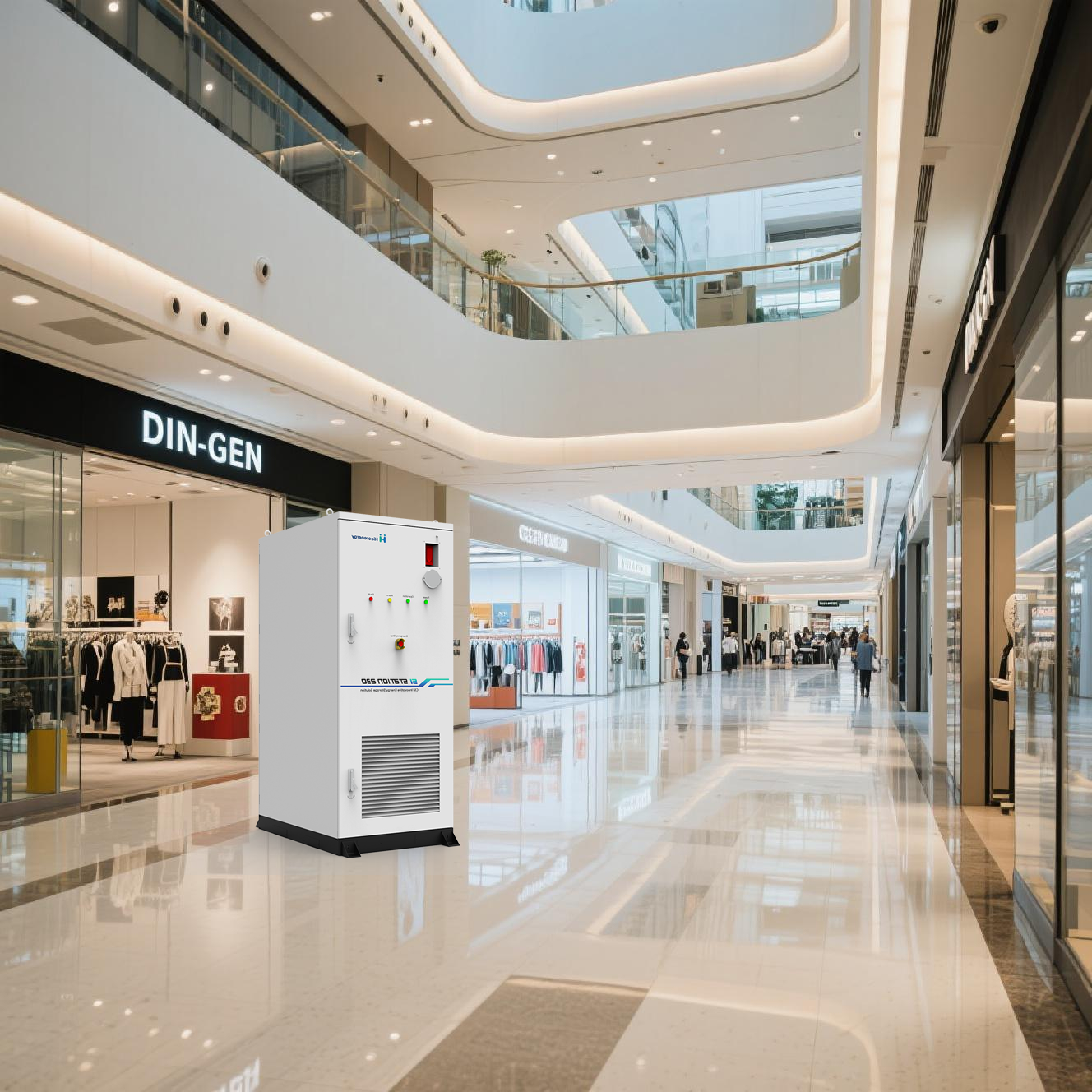
What Is the ROI of Off-Grid Power Storage for Businesses?
Commercial users can expect significant returns through fuel savings, reduced maintenance, and avoidance of operational downtime. Off-grid battery backup systems provide energy savings over time, while tax incentives and carbon credit programs enhance financial returns. Many businesses see a full return on investment within 3–5 years.
In many regions, reliance on diesel generators can cost businesses thousands of dollars in fuel each month. Switching to battery storage not only reduces fuel costs but also cuts emissions and noise. The reduced maintenance of lithium battery systems compared to combustion engines also adds to the savings.
Furthermore, renewable energy incentives and green tax credits available in 2025 make it more affordable to invest in off-grid systems. Businesses that install systems like the Si Station 230 can qualify for sustainability grants or government-backed clean energy rebates, further shortening the ROI window. For companies facing high electricity tariffs or demand charges, off-grid systems can significantly offset monthly bills while ensuring uninterrupted power.
Key Features to Look for in a Commercial Off-Grid System
Key considerations include battery capacity, lifecycle durability, energy density, modular scalability, and smart management tools. Hicorenergy’s off-grid systems offer remote monitoring, safety features, and flexible deployment options. Look for compatibility with clean energy sources like solar or wind to ensure a sustainable and energy-saving solution.
Key Features Table:
| Feature | Why It Matters | Hicorenergy Advantage |
|---|---|---|
| Battery Capacity | Supports high energy demands in industrial operations | Si Station 230 provides large-capacity backup for critical loads |
| Modular Scalability | Enables easy expansion as power needs grow | Both Si Station 230 and Si Station 186 offer modular configurations |
| Remote Monitoring & Smart Management | Optimizes energy saving and operational control | Built-in intelligent software for real-time monitoring |
| Durability & Safety | Ensures long life and safe use in harsh environments | Lithium battery systems with multiple safety layers |
| Renewable Energy Compatibility | Integrates with solar and wind for clean, green energy | Full compatibility with clean energy and new energy sources |
These features help ensure your commercial system is not just reliable, but future-proof. Investing in the right battery pack technology allows businesses to stay ahead of power disruptions, minimize total cost of ownership, and lead in energy saving initiatives.
Off-Grid Storage + Renewable Energy: A Smart Business Strategy
Integrating battery backup systems with renewable energy sources is not only eco-friendly but also financially strategic. Businesses reduce reliance on electric power grids, cut carbon emissions, and align with green energy goals. Hicorenergy’s solutions help deliver green power anywhere, making them essential for forward-thinking businesses.
Pairing large-capacity backup batteries with renewable sources like solar panels ensures consistent power generation and usage—especially in remote or off-grid settings. This combination helps businesses become energy independent, shielded from volatile fuel prices or unreliable grids. Clean energy adoption also enhances a company’s ESG score and reputation among customers and stakeholders.
Hicorenergy’s off-grid systems can store excess renewable energy for use during non-generating hours, enabling 24/7 power availability. This battery backup strategy ensures business continuity and long-term operational savings. Whether it’s remote agriculture, construction, or logistics, businesses benefit from an energy-saving, emission-free setup.
Achieve reliable, clean power anywhere your business goes. Contact us today to explore tailored off-grid battery solutions.
-8-2048x617.png)


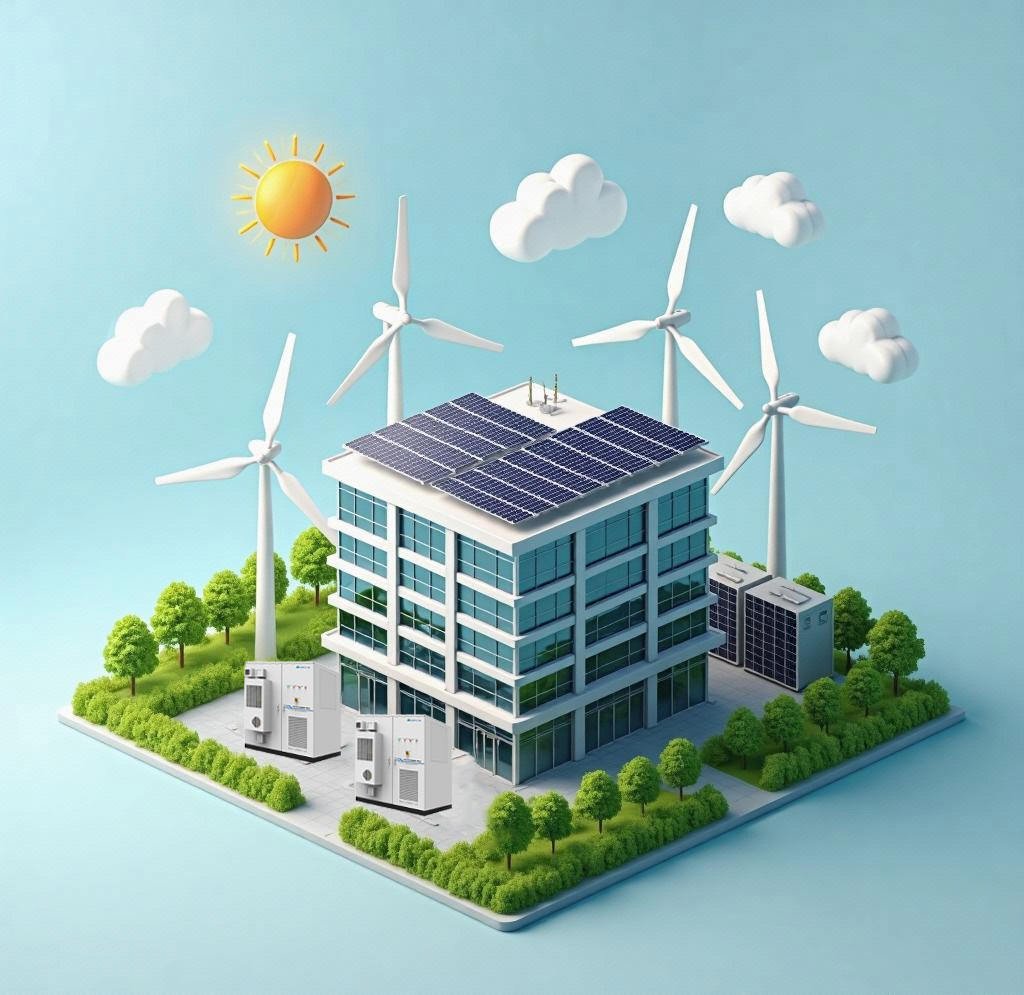
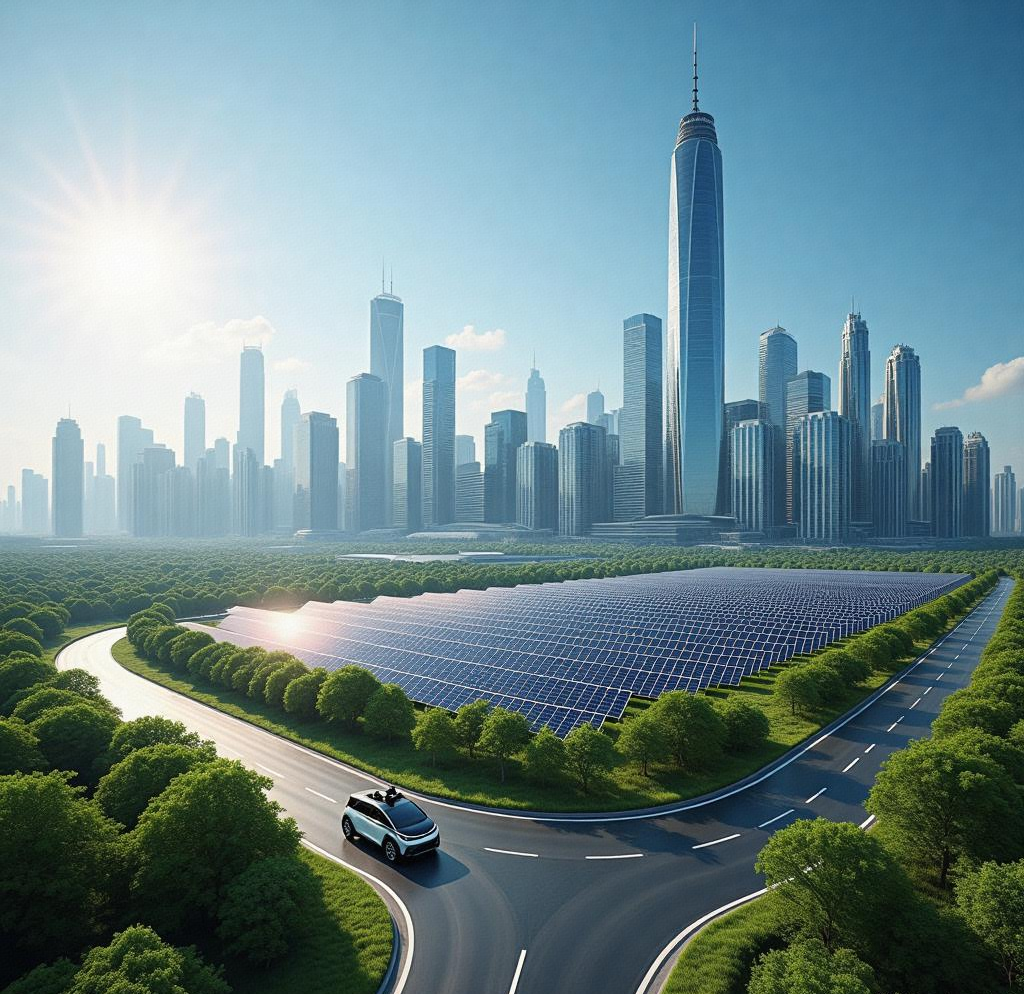
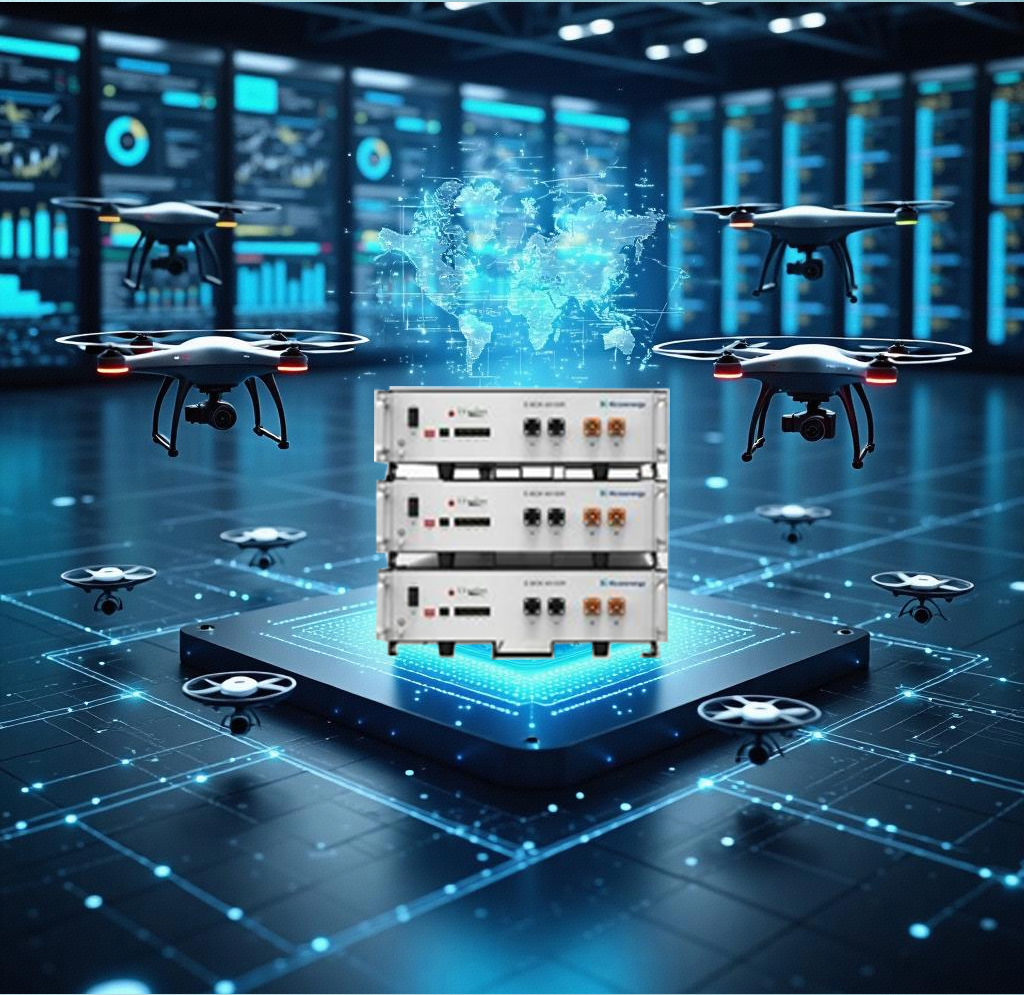

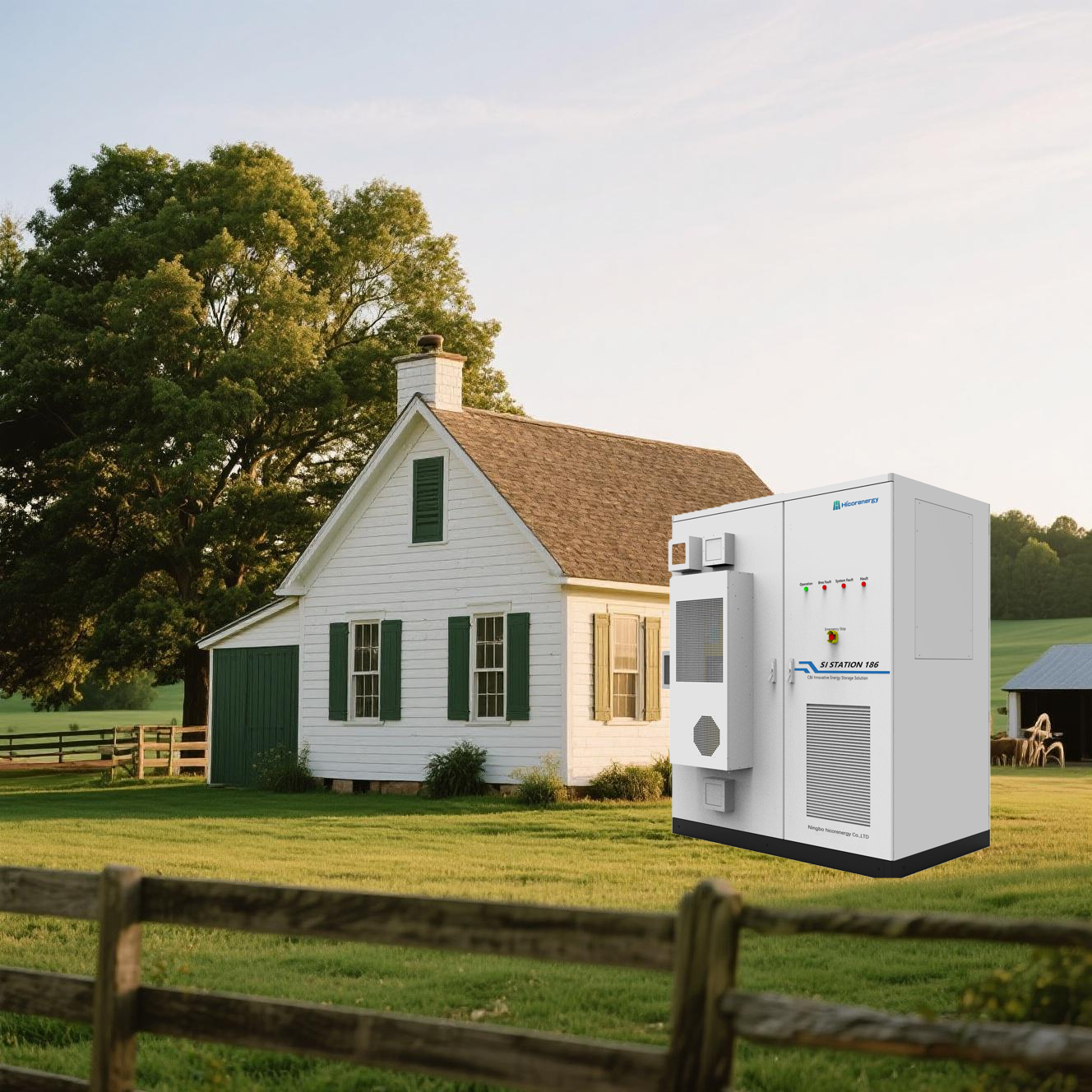
-7-2048x617.png)

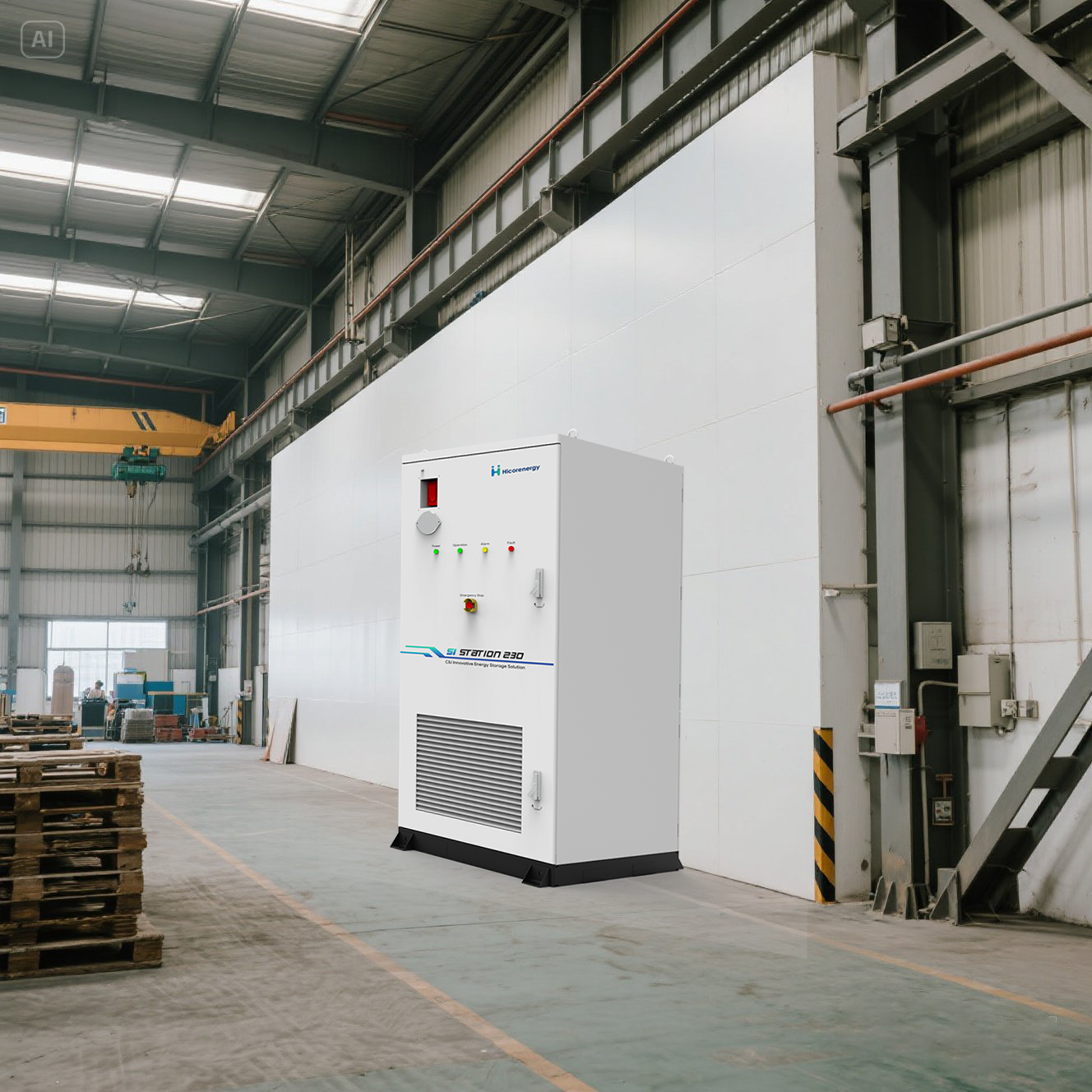
-6-2048x617.png)

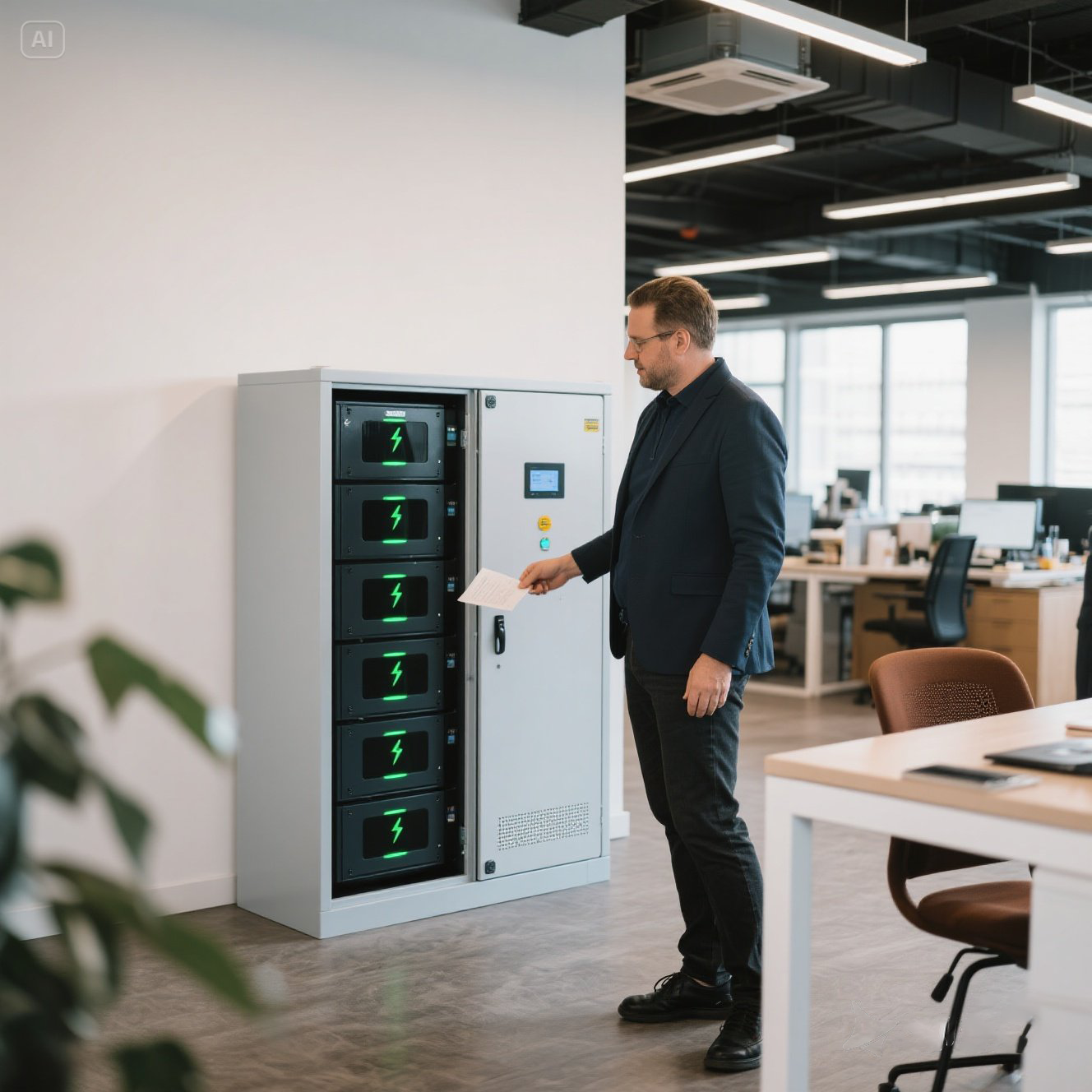
-5-2048x617.png)

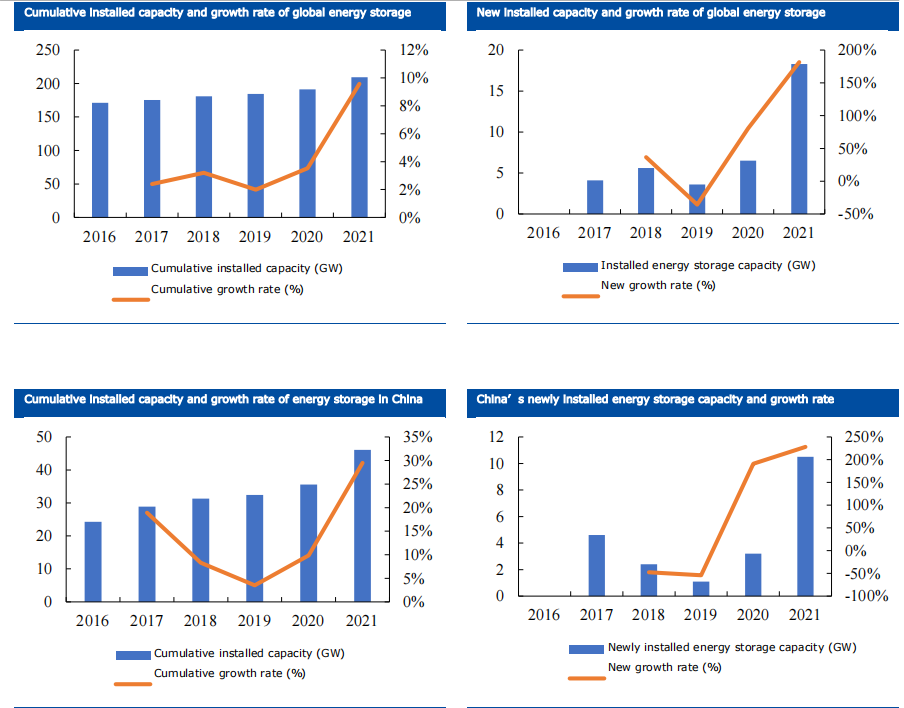
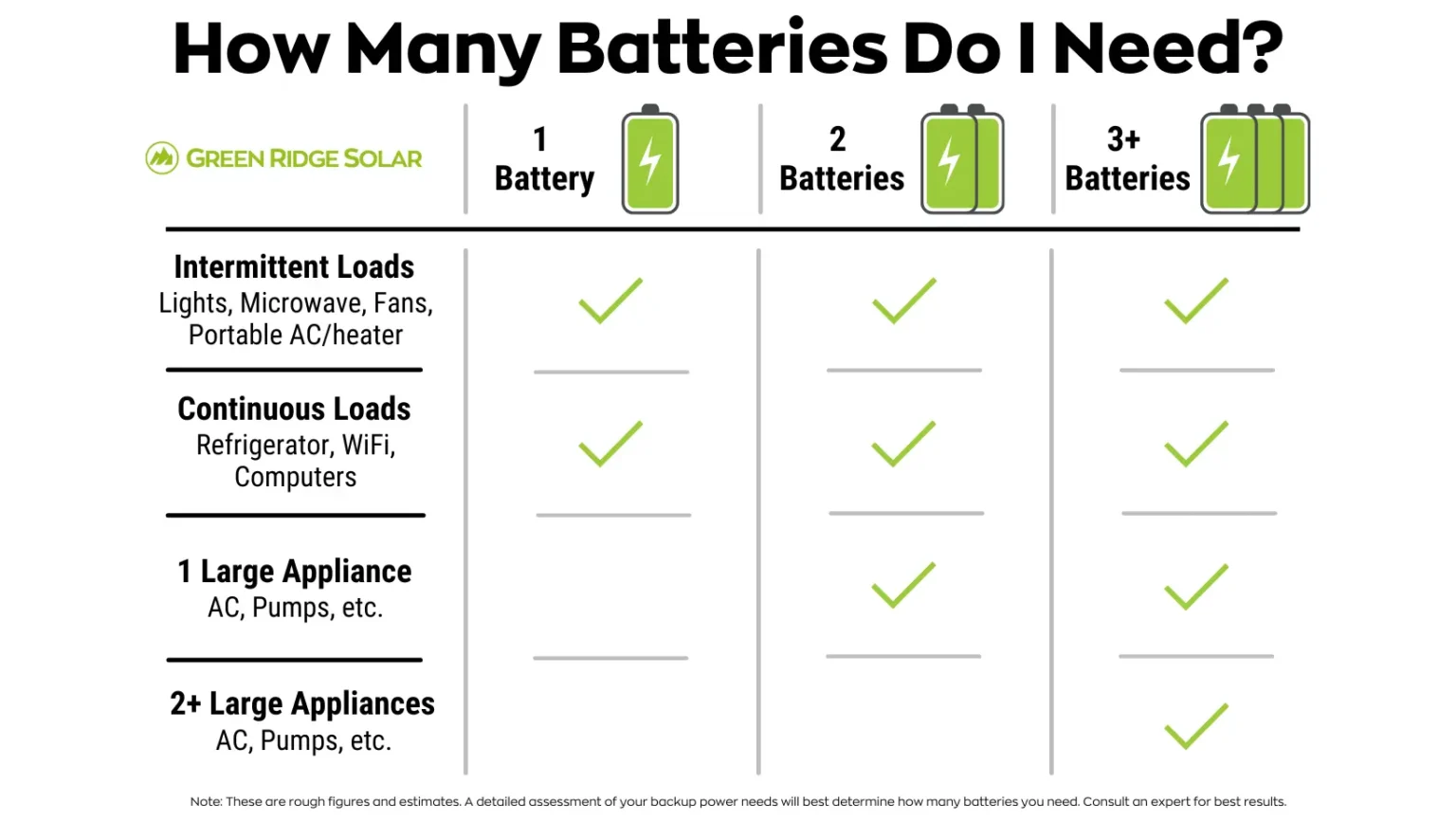
-4-2048x617.png)

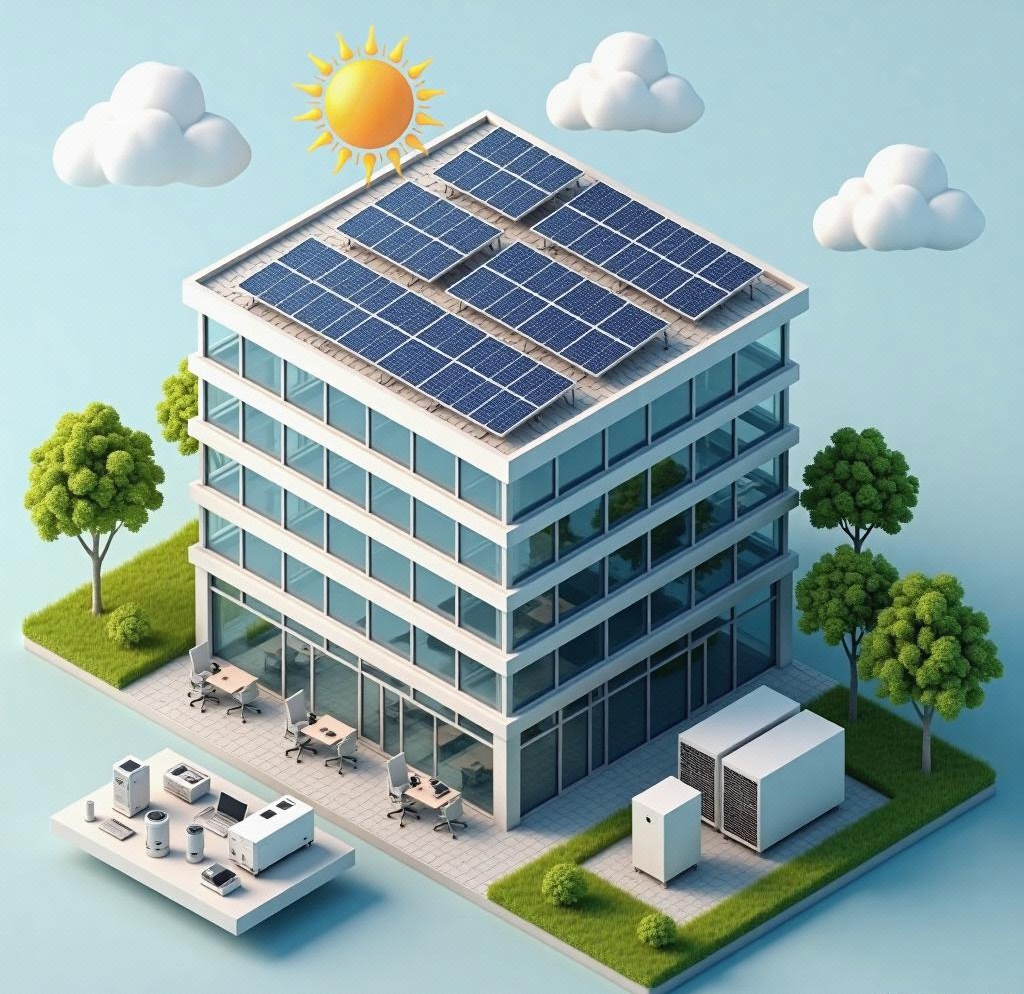



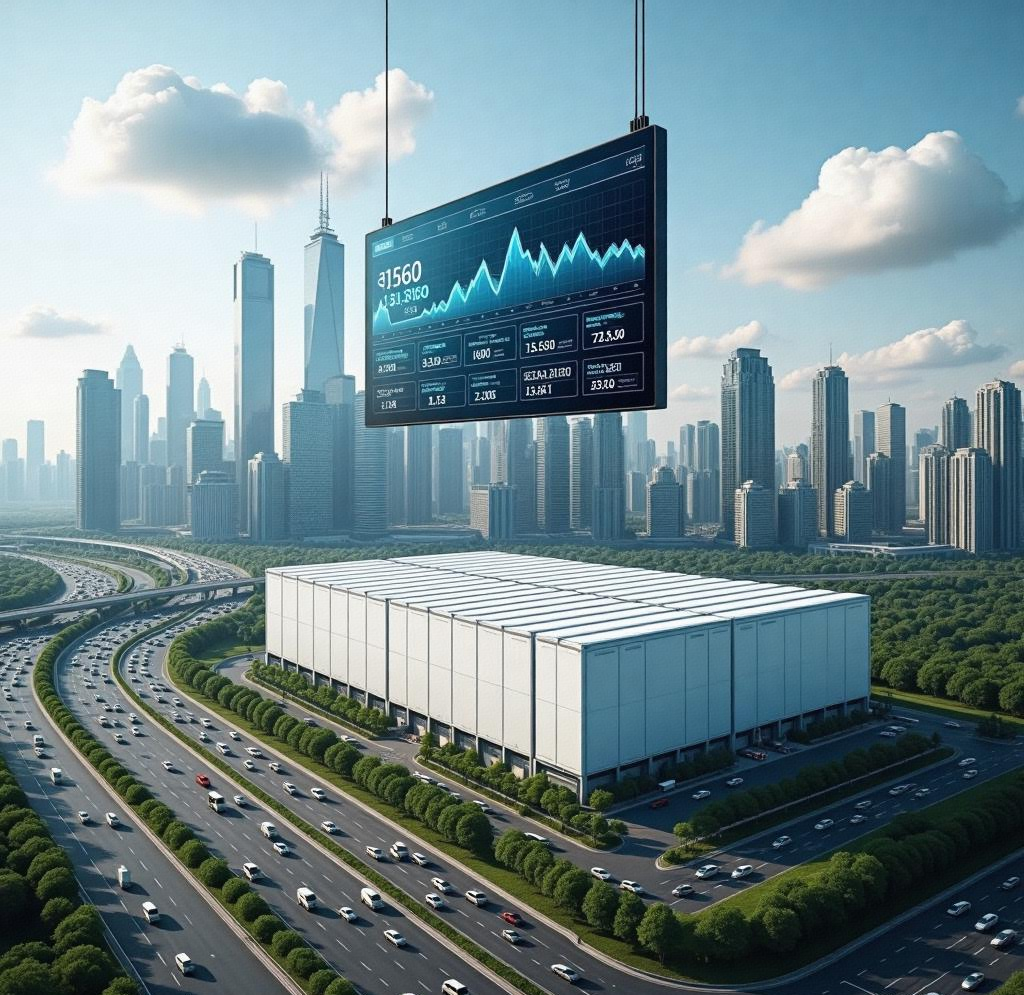


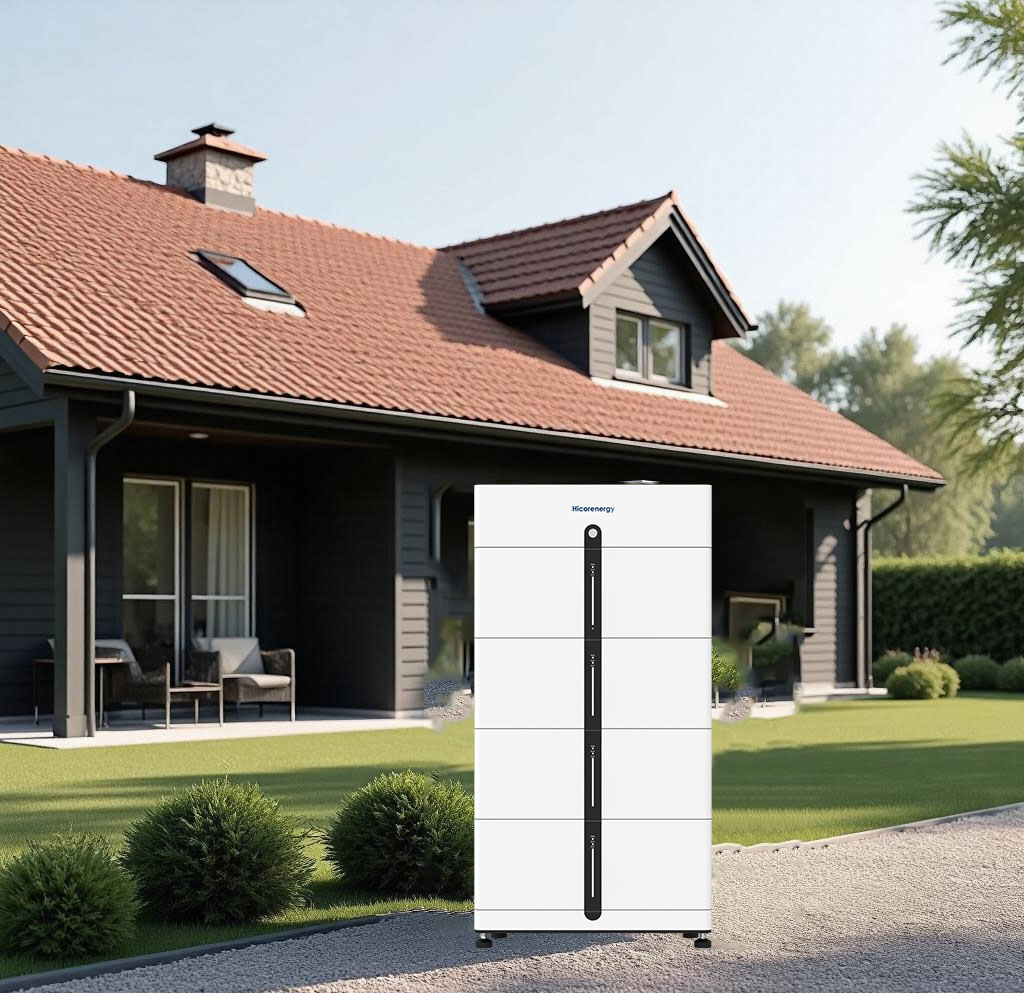
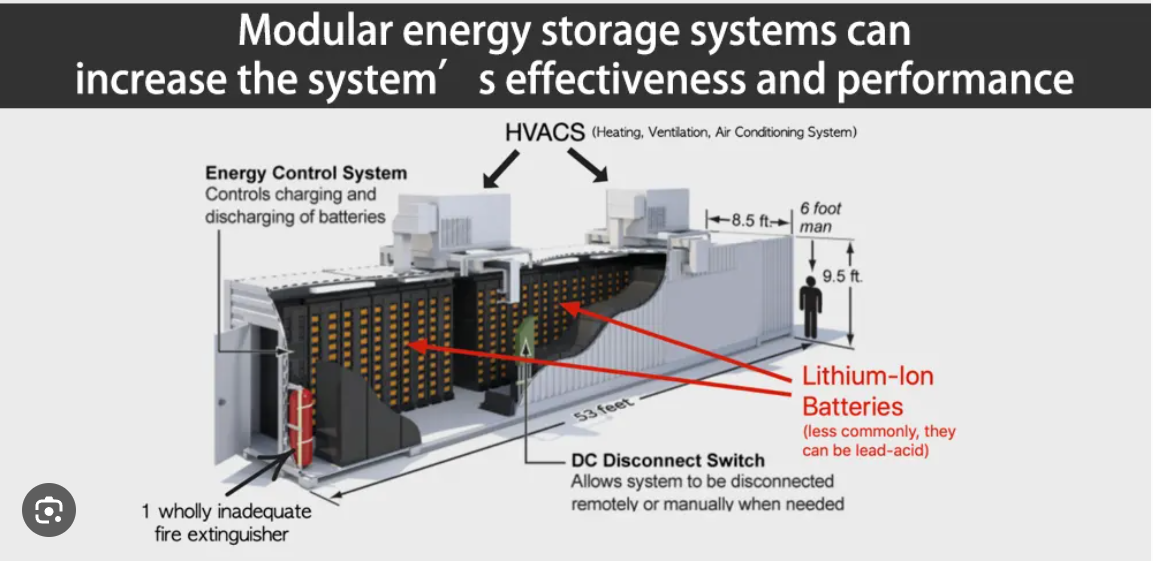
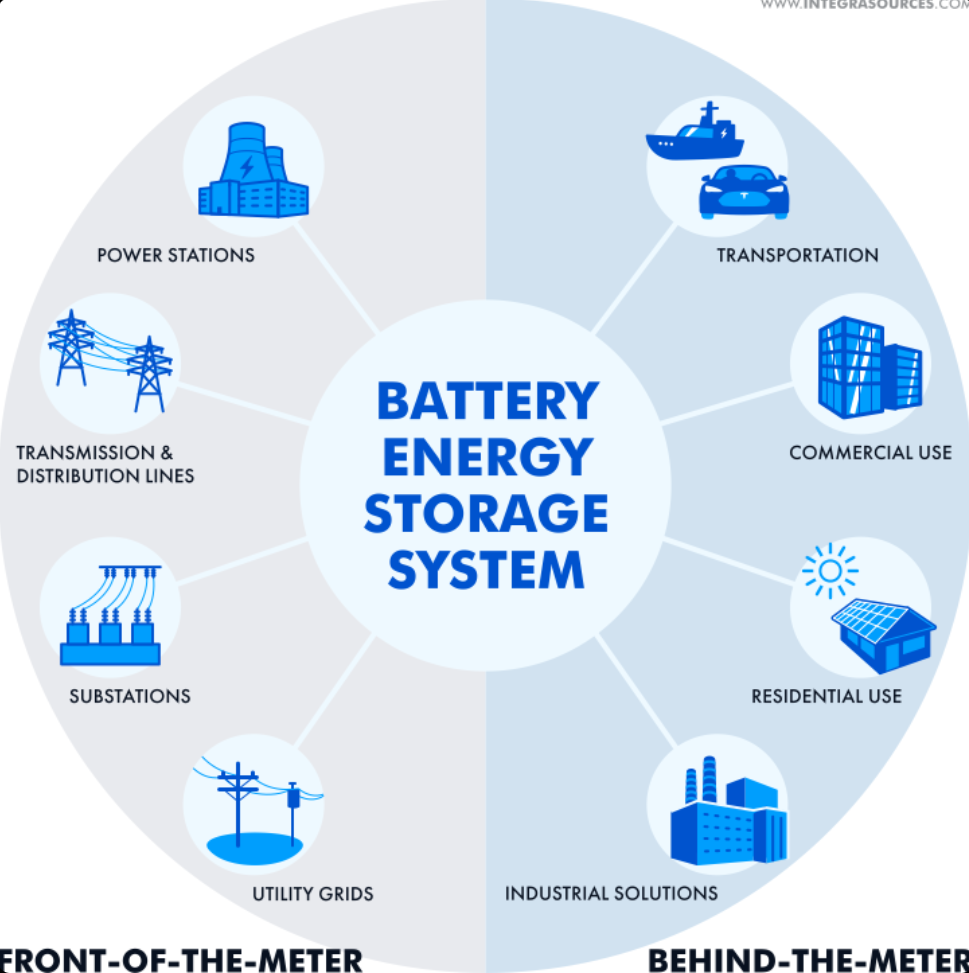


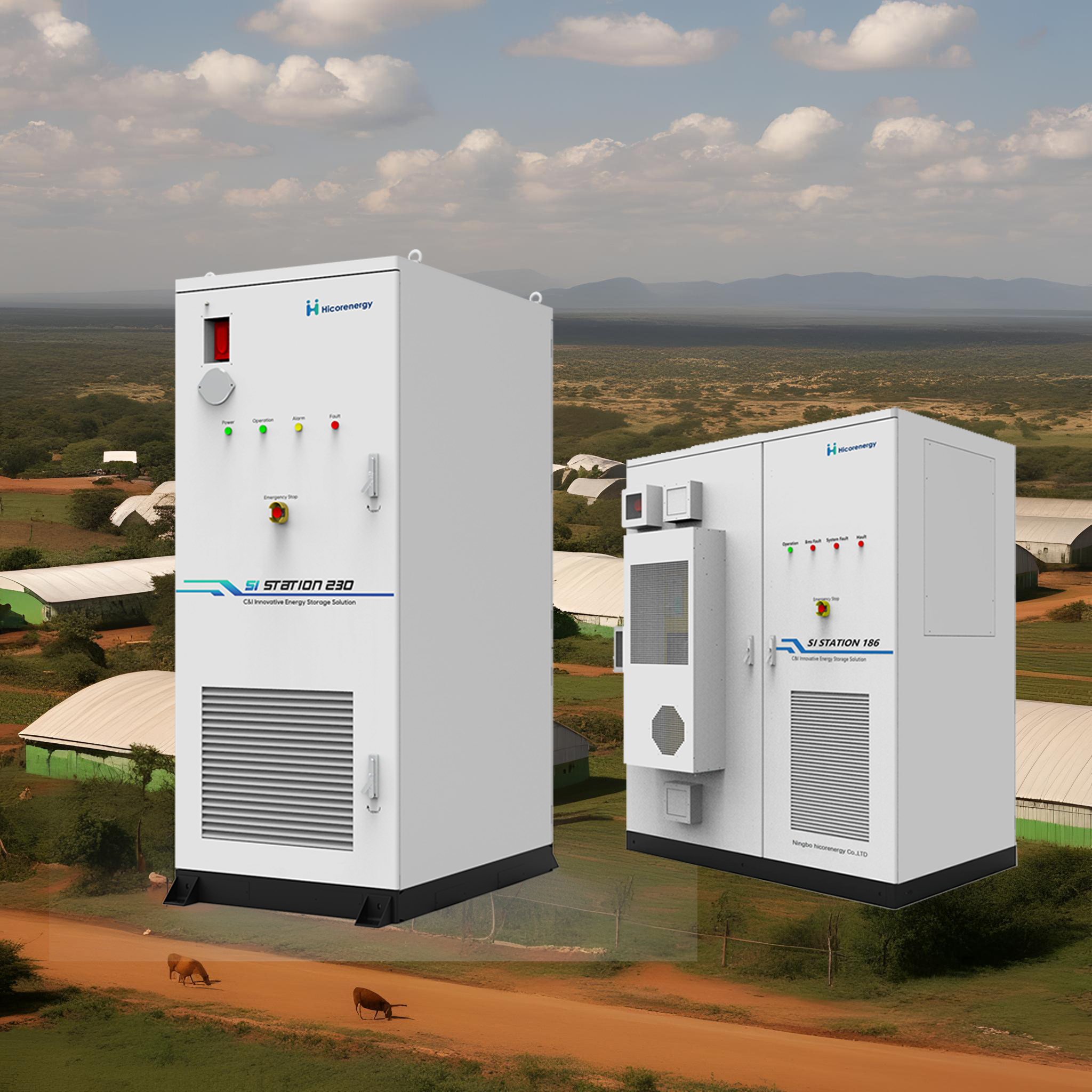
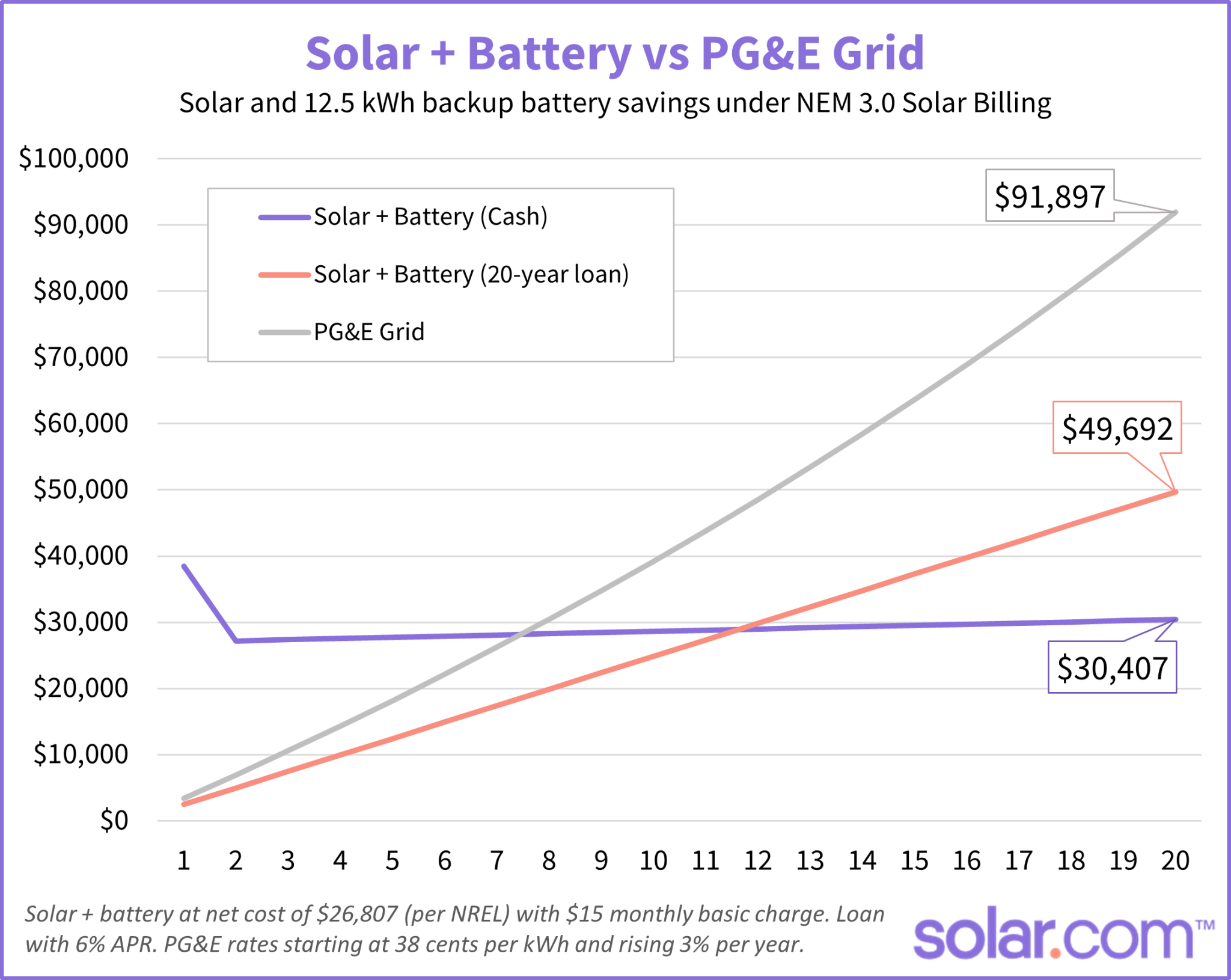
-3-2048x617.png)


-2-2048x617.png)

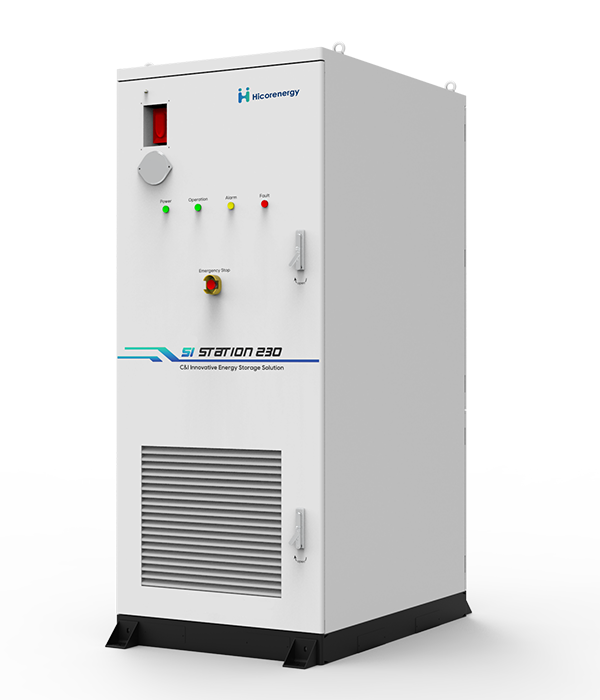
-1-2048x617.png)

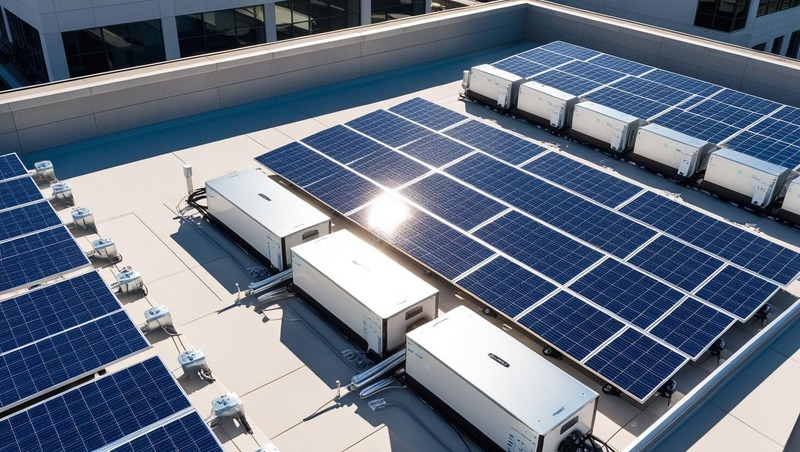
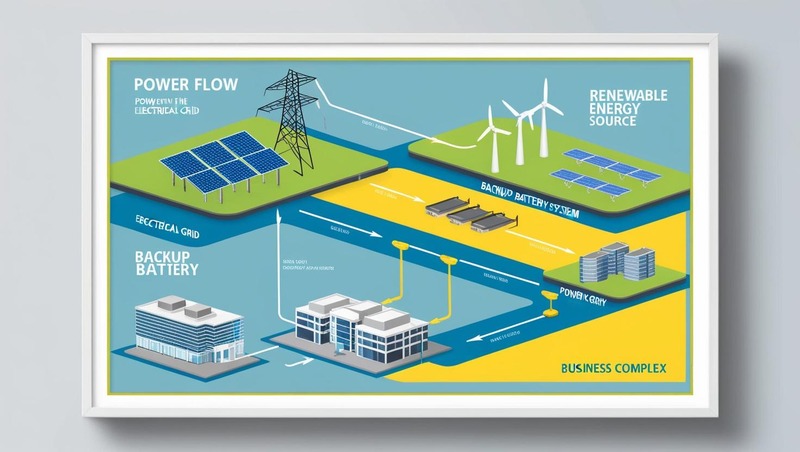
-2048x617.png)

